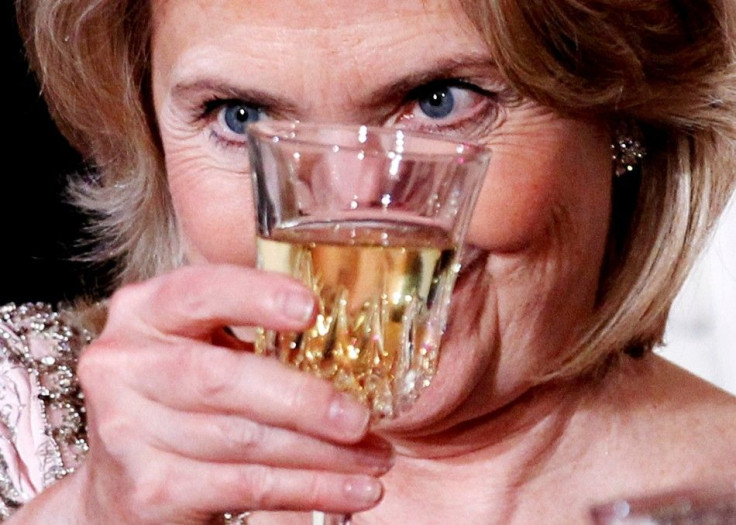New MRI Technique Predicts Future Risk Of Binge Drinking Among Adolescents
KEY POINTS
- One in six American adults binge drink about 4 times per month
- 17 million total binge drinks annually
- 467 binge drinks per binge drinker every year
- New MRI scan can predict if an adolescent is likely to binge drink later in life
Your brain holds clues about future engagement in excessive alcohol abuse. New research has reported that MRI scans can be used to predict if an adolescent is likely to struggle with binge drinking later in adulthood.
The researchers from the University of California San Diego used a specific technique known as BOLD (Blood-oxygen-level-dependent) that could pinpoint those young adults with lesser inhibition control were less likely to engage in binge drinking.
The BOLD MRI technique generates functional MRI images that rely on the central blood flow to stretch out activities in certain regions of the brain.
The goal of this research was to generate a potential neural marker that could identify individuals who are likely to struggle with regulating alcohol use later in life. They also sought to create interventions that could postpone binge heavy drinking until the post-adolescence period.
The results of the study, published in "Alcoholism: Clinical and Experimental Research," suggested that the strength of the BOLD MRI signal correlated with how soon the adolescents transitioned towards binge drinking.
Binge drinking is one type of excessive alcohol consumption, which is mainly characterized by the reduced ability to regulate one’s own alcohol intake. The researchers opined that this problem is associated with a neurological process called inhibitory control that is related to several parts of the brain.
Previous research explained that, among adolescents who haven’t yet started drinking, certain specific brain responses are associated with a high risk of future alcohol consumption. However, little was known about whether changes in one’s brain responses could predict future risk of binge drinking among adolescents who had already started consuming alcohol.
To find this out, the researchers conducted a BOLD MRI on 29 adolescents who had transitioned from minimum alcohol consumption to frequent binge drinking over 15 years. Each of them underwent the brain scan around 18 years of age while completing a task that evaluated their inhibitory control.
The study participants were asked to press a button when they saw any shape except a small square appear on a screen. BOLD MRI detected changes in blood flow that occurred with neuron activation.
The findings of the study reported that, the weaker the BOLD MRI signal, the earlier an adolescent developed a binge-drinking habit. However, the researchers opine that larger studies are required to confirm the results.

© Copyright IBTimes 2025. All rights reserved.






















